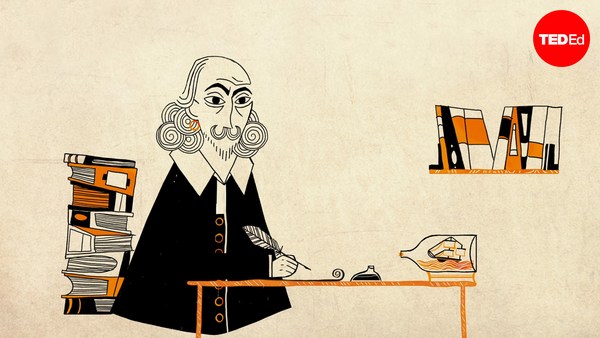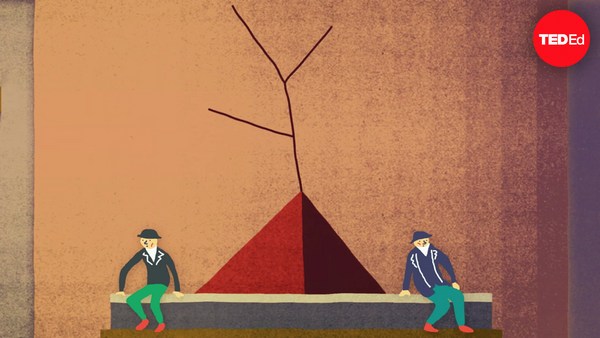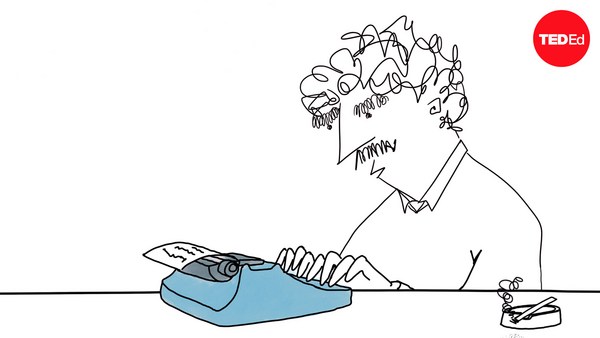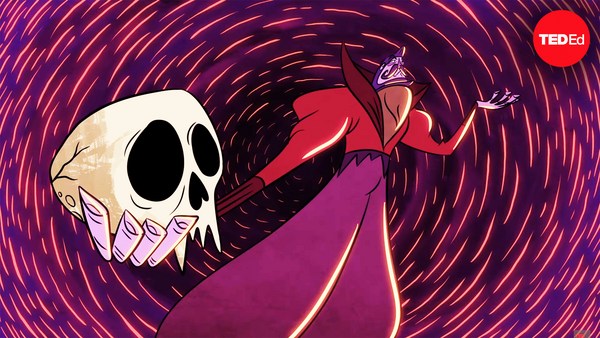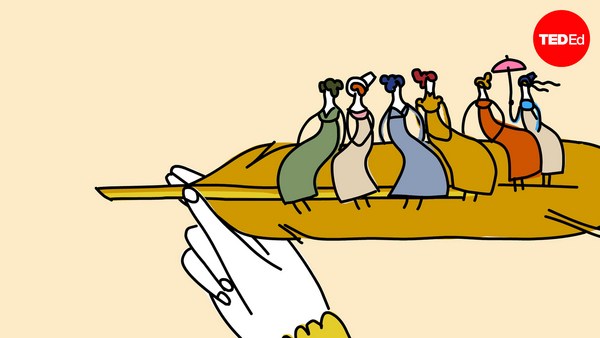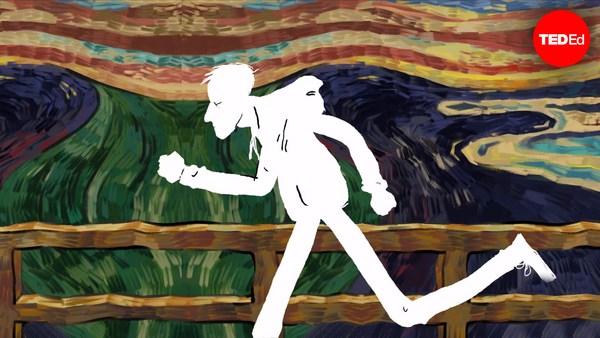By the light of the moon, a group of youths sneak into the woods, where they take mind-altering substances, switch it up romantically, and brush up against creatures from another dimension. "A Midsummer’s Night’s Dream" sees Shakespeare get psychedelic – and the result is a treat in the theatre and on the page.
First performed in the 1590's, this play is one of Shakespeare’s friskiest works, filled with trickery, madness and magic. Set over the course of one night, Midsummer progresses at a rollicking pace. The plot is structured around patterns of collision and dissolution, where characters from different worlds are thrown together and torn apart. Shakespeare uses these patterns to mock the characters’ self-obsession and question authority with a comic twist.
The action is set in Ancient Greece, but like many of Shakespeare’s plays it reflects his contemporary concerns. The magical setting of the woods at night disrupts the boundaries between separate groups, with bizarre results. Here, the bard plays with the rigid class system of his own time, taking three distinct groups and turning their society upside-down in a world where no mortal is in control.
The play opens with young Hermia raging at her father Egeus and Theseus, the King of Athens, who have forbidden her to marry her lover Lysander. Hermia has no interest in her father's choice for her of Demetrius – but her best friend Helena definitely does. Furious at their elders, Hermia and Lysander elope under cover of darkness, with Demetrius in hot pursuit. This is further complicated by Helena’s decision to follow them all into the woods, in the hope of winning Demetrius’ heart.
At this point, the woods are getting crowded, as the lovers are sharing the space with a group of “rude mechanicals”— a troupe of workers drunkenly rehearsing a play, led by the jovial Nick Bottom. Unbeknownst to them, the humans have entered into the world of the fairies.
Despite their magical splendor, Oberon and Titania, the king and queen of the fairies, have their own romantic problems. Furious at his inability to control Titania, the jealous Oberon commands the trickster Puck to squeeze the juice of a magical flower over her eyes. When she wakes up, she’ll fall in love with the first thing she sees. On his mission, Puck gleefully sprinkles the juice over the eyes of the napping Demetrius and Lysander, and transforms Bottom’s head into that of a donkey for good measure.
As eyes flicker open, a night of chaos commences that includes broken hearts, mistaken identity, and transformations. Out of all the characters, Bottom probably fares the best – when the bewitched Titania lays eyes on him, she calls on her fairies to lavish him with wine and treasures and sweeps the transfigured donkeyman off his feet: “pluck the wings from painted butterflies/ To fan the moonbeams from his sleeping eyes. Nod to him, elves, and do him courtesies.”
While magic is the catalyst to the action, the play reflects the real drama of the things we do for love – and the nonsensical behavior of the people under its spell. The moon overlooks the action “like a silver bow,” signifying erratic behavior, the dark side of love, and the bewitching allure of a world where the usual rules don’t apply.
Although the characters eventually come to their senses, "A Midsummer Night's Dream" raises the question of how much agency we have over our own daily lives. But it’s not the more realistically rendered lovers, rulers or workers who have the last word, but the impish Puck who queries whether we can ever truly trust what we see:
If we shadows have offended, Think but this and all is mended: That you have but slumbered here While these visions did appear.
And in so doing, he evokes the effect of entering into the magical world of great theatre that plays with the boundary between illusion and reality – and dramatizes the possibility that life is but a dream.
